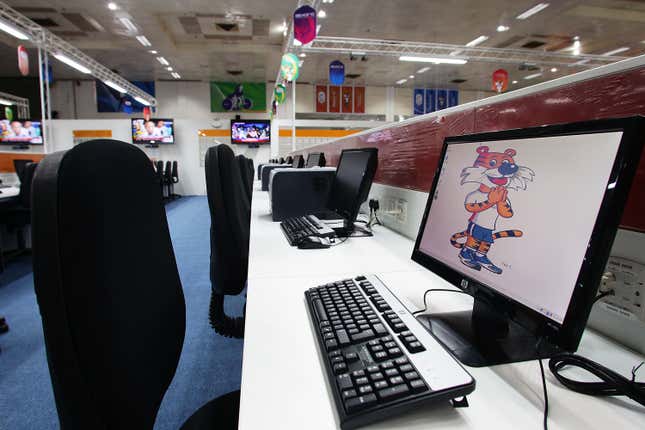
According to a new Gallup study, employee engagement is down. And Gallup isn’t referring to office romances but instead the holistic factors that contribute to an employee’s involvement in the enterprise.
Globally, the report notes, fully remote workers are the most likely to be engaged at work (31%), compared with hybrid (23%), and on-site remote-capable (23%) and on-site non-remote-capable (19%). That’s according to the latest State of the Global Workplace report, which tracks how employees worldwide are doing in their work and lives.
The report unearths a paradox because while remote workers are more engaged their overall well-being is lagging.
Hybrid and on-site workers who have the option to go remote reported to thrive more than their fully remote counterparts. However, fully on-site workers with no remote option were the least thriving of the group, which points to the complexity of what creates a feeling of thriving.
Clark Lowe, president of the home construction company The O’Connor group, tells Quartz that remote work isn’t failing — leadership is.
“That’s the simplest way I can explain the Gallup findings. When done right, remote work gives people the autonomy they need to stay focused and productive. But autonomy without structure? That’s a fast track to burnout and disconnection,” Lowe said, adding that he has seen high engagement from remote teams because they’re empowered to work when they’re at their best.
“But it takes intentional leadership to support well-being — regular check-ins, clear goals, and building a culture where people feel seen even when they’re not in the office,” Lowe said. He also observed that hybrid work is often “messier” than fully remote.
“If expectations aren’t clear, it breeds resentment — especially across generational lines. Some feel chained to a desk. Others feel forgotten at home,” he explained.
Laura Murphy, president of Bolt PR, and mom of two teens said the most important part of working from home is “ intentional flexibility.”
“The airy freedom to step away if your child has a holiday sing-along preschool event, those ongoing orthodontics appointments, or your furry friend is begging for their afternoon walk,” Murphy cited as benefits, “we could easily fill our calendars with those, and it’s important to balance both home and work priorities.”